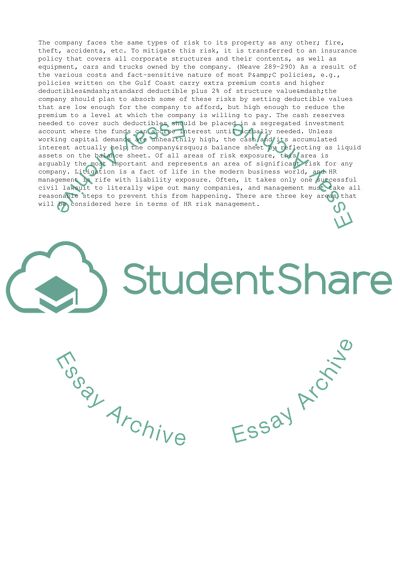Cite this document
(The Importance of Proactive Risk Management in the Company Research Paper, n.d.)
The Importance of Proactive Risk Management in the Company Research Paper. Retrieved from https://studentshare.org/management/1720685-risk-managment
The Importance of Proactive Risk Management in the Company Research Paper. Retrieved from https://studentshare.org/management/1720685-risk-managment
(The Importance of Proactive Risk Management in the Company Research Paper)
The Importance of Proactive Risk Management in the Company Research Paper. https://studentshare.org/management/1720685-risk-managment.
The Importance of Proactive Risk Management in the Company Research Paper. https://studentshare.org/management/1720685-risk-managment.
“The Importance of Proactive Risk Management in the Company Research Paper”, n.d. https://studentshare.org/management/1720685-risk-managment.


